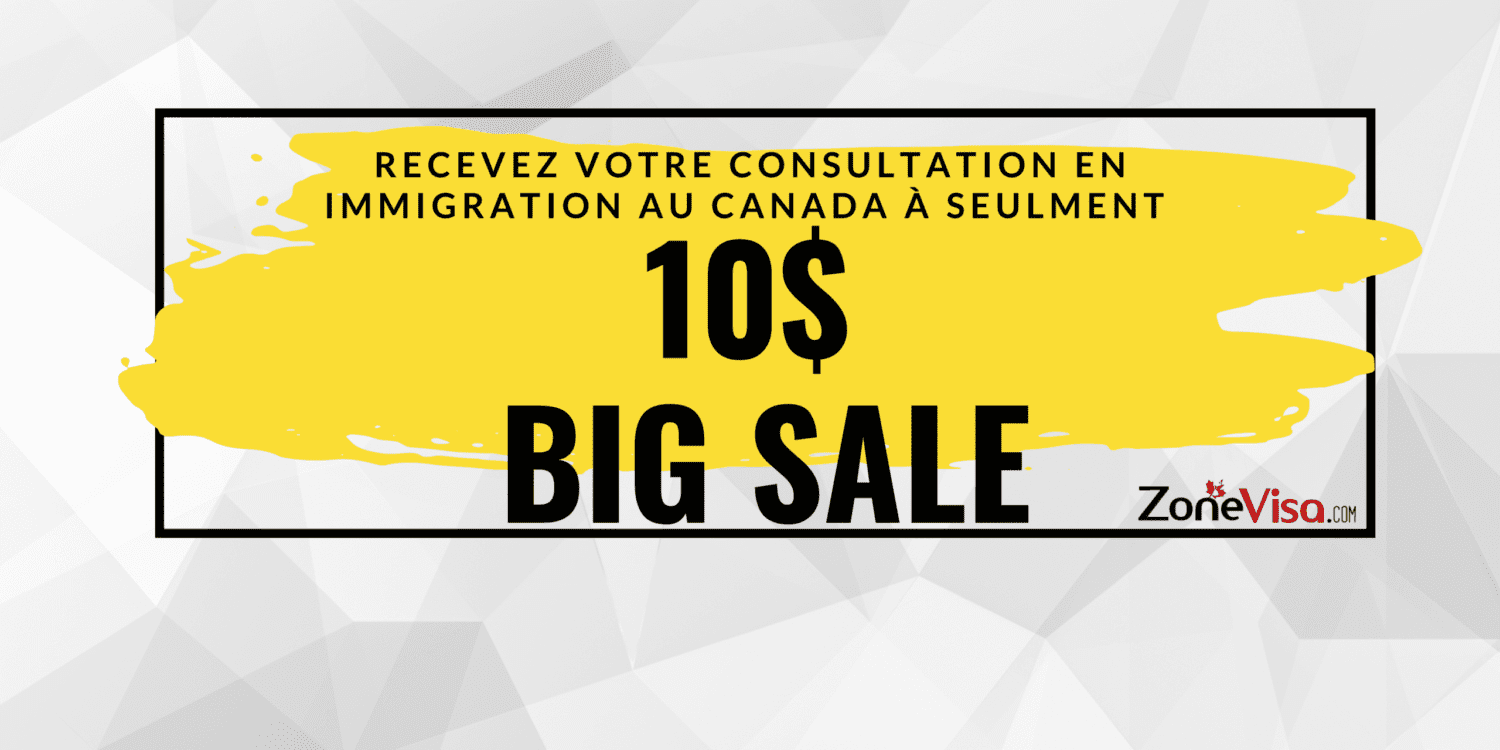Introduction
Canada has long been known for its welcoming approach towards immigrants, attracting thousands of individuals from across the globe. However, the journey towards becoming a permanent resident in Canada is not always easy. Aspiring immigrants are often burdened by various fees, including the Right of Permanent Residence Fee (RPRF), which can pose significant financial challenges. In this article, we will explore the impact of RPRF on Canadian immigration and the hidden struggles faced by those trying to make Canada their new home.
The Origins of Right of Permanent Residence Fee
The Right of Permanent Residence Fee (RPRF) was introduced by the Canadian government as a means of recovering some of the costs associated with processing immigration applications. The fee is payable by individuals who have been granted permanent resident status in Canada. While it serves as a way for the government to offset processing expenses, it has become a financial burden for many aspiring immigrants.
The Hidden Financial Struggle
One of the key issues with the RPRF is the significant amount of money required to be paid upfront. As of 2021, the fee stands at CAD 825 for each applicant aged 22 or older, while dependent children under 22 are exempt. For families, this fee quickly adds up, making the dream of starting a new life in Canada financially challenging. Many aspiring immigrants find themselves in a difficult position, trying to save up enough money to cover the RPRF while also managing other associated costs, such as language tests and medical examinations.
Impact on Low-Income Applicants
The RPRF has a particularly harsh impact on low-income applicants. These individuals often face limited financial resources and struggle to meet the high upfront fee. For them, the RPRF becomes an insurmountable barrier, preventing them from pursuing their dreams of immigrating to Canada. In many cases, it forces families to postpone their immigration plans or abandon them altogether, perpetuating the cycle of limited opportunities and income inequality.
The Catch-22 Situation
The RPRF presents a catch-22 situation for aspiring immigrants. On one hand, they need to prove that they have sufficient funds to settle in Canada successfully. On the other hand, they are expected to pay a significant fee, which drains their financial resources. This leaves many individuals stuck in a difficult position, unable to move forward with their immigration plans due to the conflicting requirements imposed by the RPRF.
Alternatives and Potential Solutions
Recognizing the burden the RPRF poses, there have been calls for alternatives or potential solutions. Some advocate for a more graduated fee system that takes into account an applicant’s income or financial situation. Others propose waiving the fee altogether for deserving cases, such as refugees or immigrants with limited means. These solutions would help alleviate the financial burden and make the immigration process more accessible to more individuals.
The Journey Towards a Fairer Immigration Process
The RPRF is just one aspect of the complex landscape of Canadian immigration. As discussions around immigration policy continue, it is crucial to address the financial hurdles faced by aspiring immigrants. By acknowledging the hidden struggles of the RPRF and working towards a fairer and more equitable system, Canada can continue to attract individuals who will contribute to its diverse and thriving society.
Conclusion
The Right of Permanent Residence Fee (RPRF) is a significant financial burden for aspiring immigrants in Canada. Its high upfront cost and lack of consideration for low-income applicants create barriers that prevent individuals from pursuing their dreams of making Canada their permanent home. It is essential for policymakers to explore alternatives and potential solutions that would alleviate the financial strain on aspiring immigrants and create a more inclusive immigration process for all.



